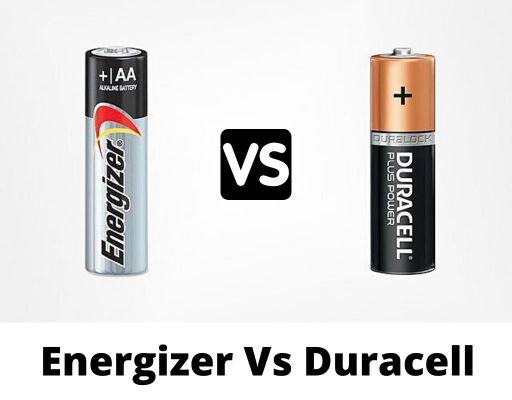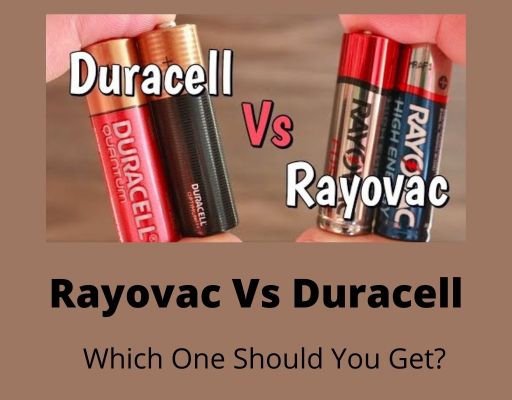If you’re interested in learning about the latest AGM batteries on the market, you’ve come to the correct place. The common differences between 12v and 12v AGM batteries is one of the most often asked topics.
AGM batteries are enhanced lead-acid batteries that incorporate technologies such as gel and liquid lead-acid. These batteries have a higher capacity to accommodate high-current devices or start-stop technology.
Lead-acid and lithium-ion batteries may both be used in 12-volt batteries. A 12v AGM battery is a sealed lead-acid battery with Absorbent Glass Mat (AGM) technology.
What Is a 12v Battery?
Many vehicles frequently employ 12-volt batteries. A battery, from a technical standpoint, consists of one or more cells that allow a chemical reaction to occur, resulting in the flow of electrons in a circuit.
Batteries do not generate energy or electricity. Batteries are energy storage devices that you may utilize when you need them.
The direct current electricity you get from a battery is distinct from the alternating current power you get from your home’s electrical outlets.
An inverter can be used to convert DC electricity to AC power if necessary. To acquire a greater voltage or larger storage capacity, connect additional 12-volt batteries in series or parallel.
What Is a 12v AGM Battery?
This is a sealed lead-acid battery using Absorbent Glass Mat (AGM) technology. The lead plates of AGM 12V batteries are sandwiched among fiberglass-saturated electrolyte sheets. This enables greater discharge and recharge performance.
AGM batteries typically last 4-7 years and cost around $200. AGM batteries don’t need to be maintained regularly, are leak-free, and function in a wide range of temperatures.
They also have a longer lifespan and don’t require the particular charging equipment and maintenance that Gel batteries do. These extra benefits come at a price. AGM batteries can be much more costly than comparable lead-acid or gel batteries.
What Are the Difficulties of 12v and AGM Lead-Acid Batteries?
The 12v and 12v AGM batteries are lead-acid battery varieties that use the same internal chemical method. As a result, they all suffer from the same functional shortcomings.
To get the most out of a lead-acid battery, it must be used and charged according to certain guidelines. Deep discharges and partial charges may harm the cell, thus it’s important to keep track of drain and charge levels to get the most out of these batteries.
These batteries require a unique absorbing charge cycle to completely charge and have a long recharge period. As a result, lead-acid batteries are unsuitable for systems that need frequent charging and discharging, such as renewable energy power systems.
How to Know If a Battery Is AGM?
There are a few differences of 12v and 12v AGM batteries. The AGM lead-acid batteries’ labels should say “AGM” or “Absorbed Glass Mat” in full, or keywords like “dry cell,” “sealed regulated valve,” “non-spill,” or “controlled valve” on the label.
When there is no labeling, it is hard to distinguish an AGM from a gel cell. If you’re still unsure, you may use the battery model number to check for information online.
The information about the maker, as well as the name or number of their model, is generally engraved on the case or printed on the label. You may also take a glance at the battery’s top.
Another procedure requires shaking. Afterward, the kind of liquid lead-acid battery will wriggle. However, if the battery is sealed, the liquid core will usually continue to move. It’s the polar opposite. These won’t jiggle after the rattling if they’re a gel-filled or AGM lead-acid battery.
Can You Use Lead Acid or AGM Batteries as Battery Bank?
Yes, they may be used as a power bank. Both AGM and flooded lead-acid batteries can be used to create a battery bank that can be charged using a solar panel.
A cost-effective arrangement will be a flooded lead-acid battery bank. Unfortunately, because the batteries must sit upright, they will need frequent servicing and may take up more room.
Since AGM batteries may rest on their sides, they are easier to arrange. They are also low-maintenance. They will, however, be more expensive than a flooded battery bank.
Is It Possible To Combine 12v And 12v AGM Batteries?
No, you won’t be able to. Any batteries that are linked should be of the same kind, model, and capacity, as well as the same age.
They ought to be in the same position as the charging source and have a wire that is the same size both in terms of gauge and length.
A battery splitter, battery combiner, or charging relays can be used to link your camper van engine starting battery to the home battery bank.
This allows the house bank to be recharged by the alternator while the engine battery is charged via solar power.
Best 12V AGM Batteries
This model’s total adaptability is one of its most outstanding features. It can tolerate both low and high temperatures without difficulty. This device is compatible with a wide range of vehicles, including RVs, boats, cars, and automobiles.
The battery has a high capacity for deep cycling, has a lot of starting power, and has a fast recovery rate. Because of its outstanding build, it can work in these scenarios. The structure is made up of 100% virgin lead plates.
The AGM technology used in the battery guarantees that it is spill-proof and requires little maintenance. It may also be installed in any position for maximum convenience.
Conclusion
That is all you need to know about the differences between a 12v and a 12v AGM battery.
It’s all about making trade-offs when it comes to selecting the ideal 12-volt battery type for you. Each battery type has benefits and drawbacks, which might vary based on your travel style.
Those searching for low-maintenance batteries should opt for sealed lead acid, AGM, or lithium batteries, rather than flooded lead-acid batteries. These 12-volt battery types may appear difficult at first, but the ultimate effect is the same.
References:
- https://www.electronicshub.org/how-do-i-know-if-my-battery-is-agm/
- https://www.repairsmith.com/i/blog/agm-vs-lead-acid/
- https://www.batteryequivalents.com/what-does-std-agm-and-gel-mean-on-a-battery-charger.html
- https://www.optimabatteries.com/experience/blog/what-is-the-main-disadvantage-of-an-agm-battery
- https://www.campervan-hq.com/pages/deep-cycle-rv-battery-buying-guide
Related Posts :



